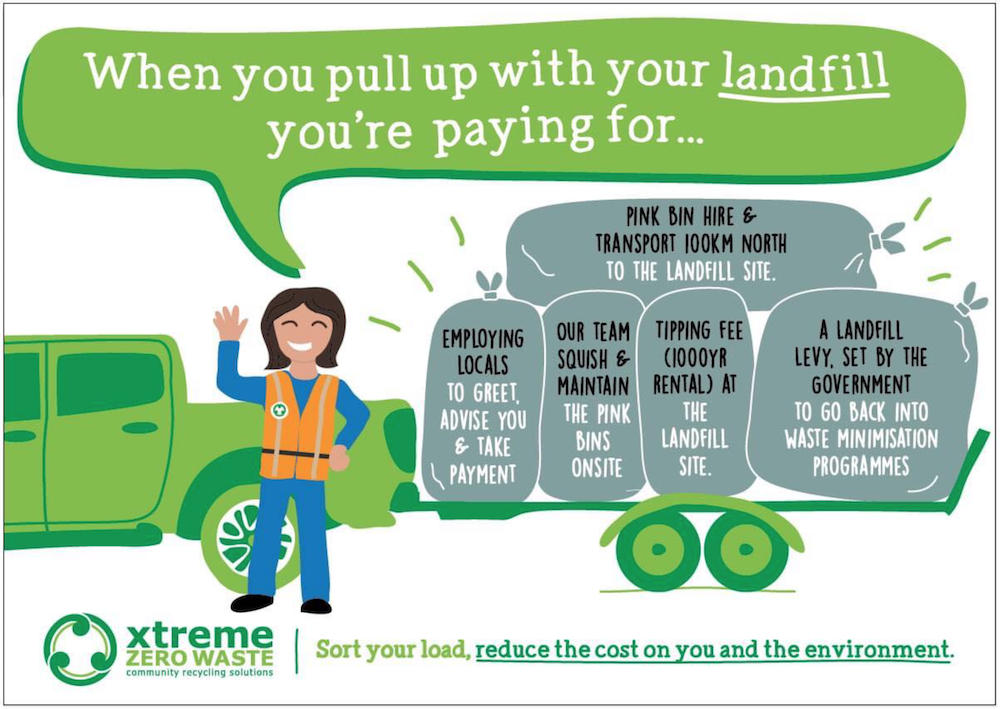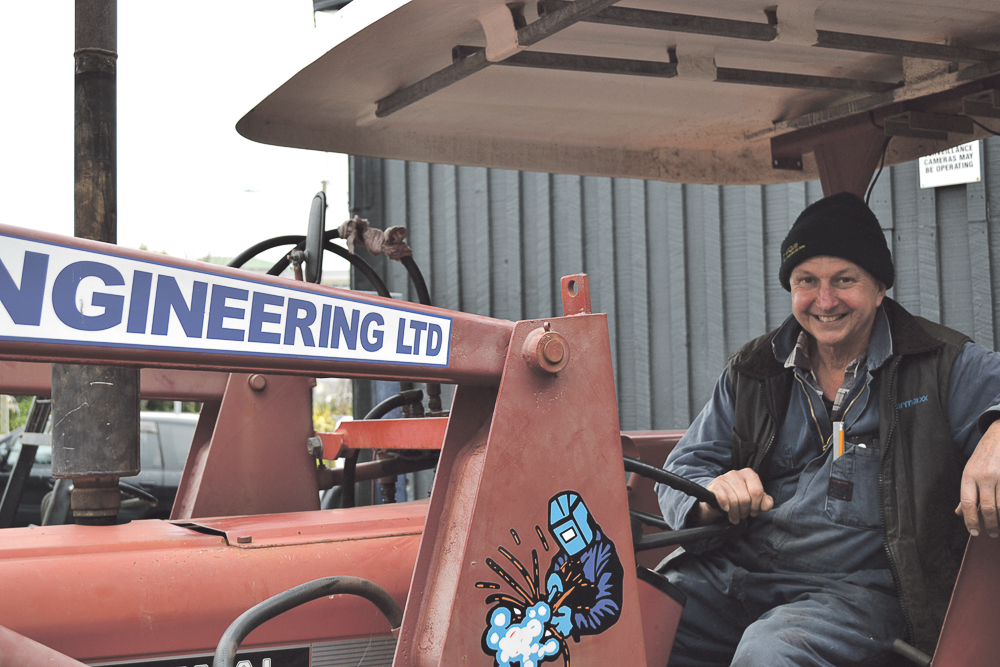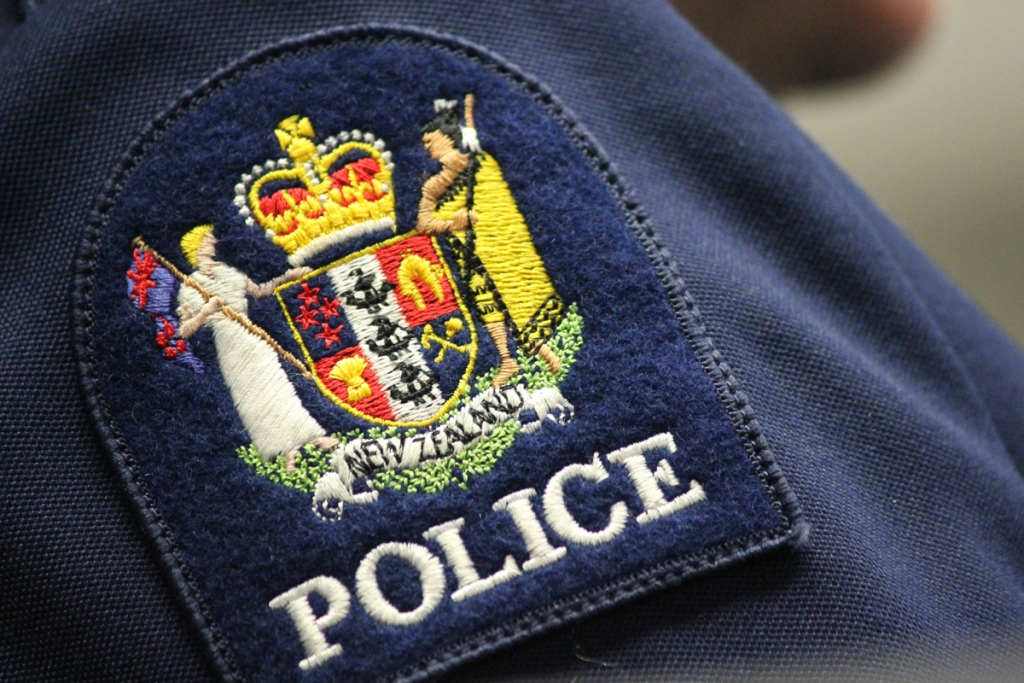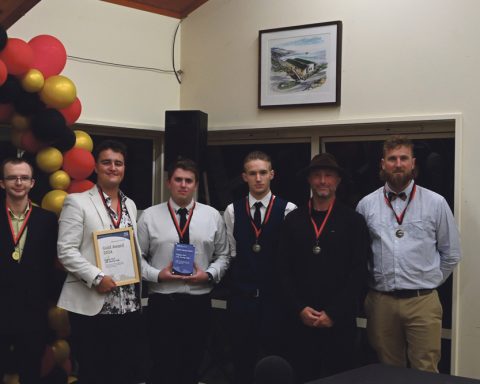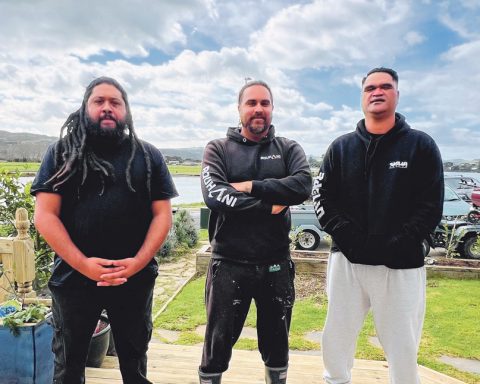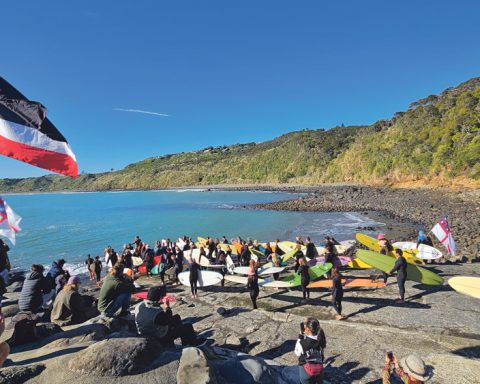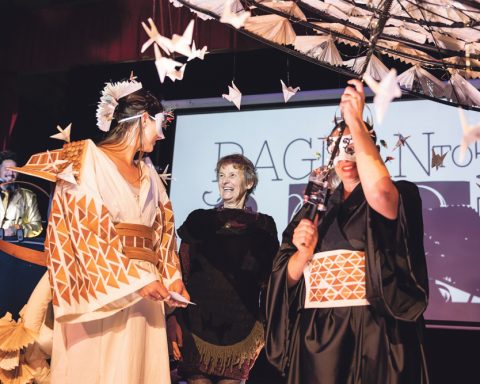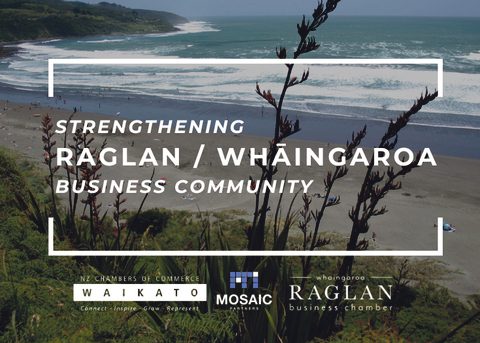As of July 1 landfill levies around the country have increased as part of the government’s bid to tackle climate change.
Locally in Whāingaroa, resource recovery centre Xtreme Zero Waste had announced that the cost of dropping off landfill at the site has increased from $85 to $95 per cubic metre – reflecting the increase in government tax as well as increased costs of goods and services. The cost of their pre-paid bags have also increased by approximately 50c.
These increased landfill levies are a step in the right direction towards taking responsibility for the impacts of our consumerism and disposal of waste – not just in terms of the waste removal processes but also the eventual impact on the environment. Whether it’s methane gas or toxic leachate, councils and governments can no longer afford to get waste minimisation wrong.
New Zealand still has one of the lowest cost to landfill rates in the world. In fact New Zealand is way behind the rest of the western world when it comes to waste management. It costs about 18 times more to send waste to landfills in the UK compared to New Zealand.
“We are a non-profit organisation and not in the business of making money off landfill, we have always been working for this community and with this community towards zero waste,” says Sarah Lancaster who coordinates XZW’s behaviour change and education programme.
“The money from the landfill levies goes back to the waste minimisation fund. This is a national and regional fund that reinvests the money back into communities to improve their waste processes, which reduces our impact on the environment,”
XZW currently has a project funded by the Waste Minimisation Fund to construct their new processing plant, allowing their staff to work in better conditions and improving the efficiency of their systems with the expected increase in volumes this growing town is creating.
Thanks to the innovative folk at XZW, the Whāingaroa community is ahead of the curve when it comes to diverting waste from landfill with a food waste collection service as well as good habits around recycling and reuse. Sitting at 75-80% diversion from landfill, this community has one of the highest diversion rates in the country.
With their reputation as innovators in the waste sector, the XZW site is often used as a learning model for other waste management organisations. They also produce a premium product made out of clean recyclables thanks to the existing staff and systems and thanks to everyone at home for sorting, removing lids, washing and squashing their recyclables!
“We’re really lucky here that we have a resource recovery centre, a hub where people can find items instead of buying new. There are lots of resources if you need items for your whānau or whare.”
Sarah welcomes people to get in touch for help and support around waste minimisation at home.
